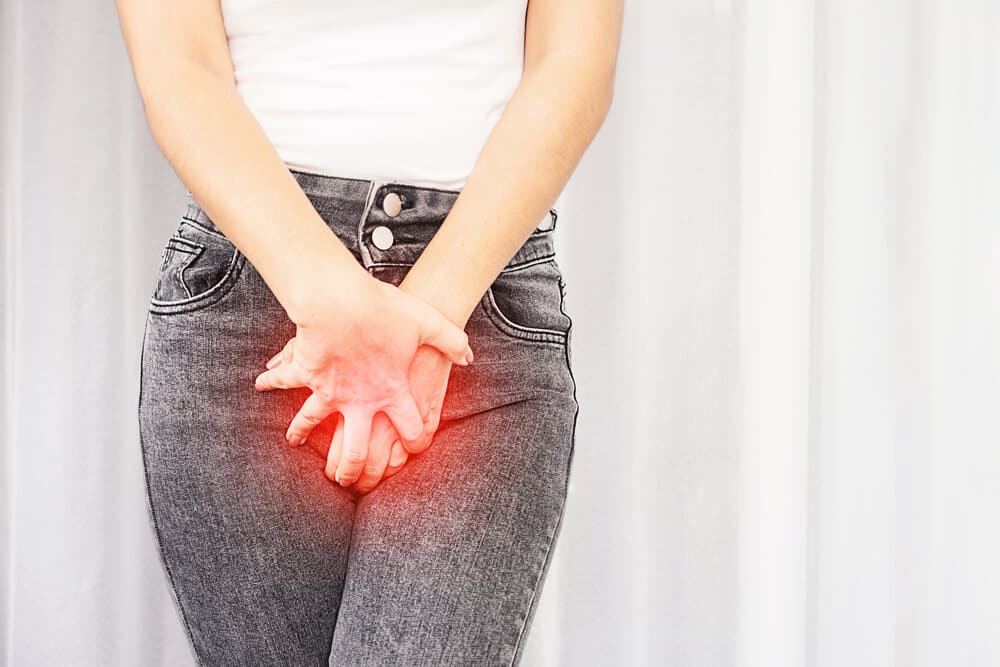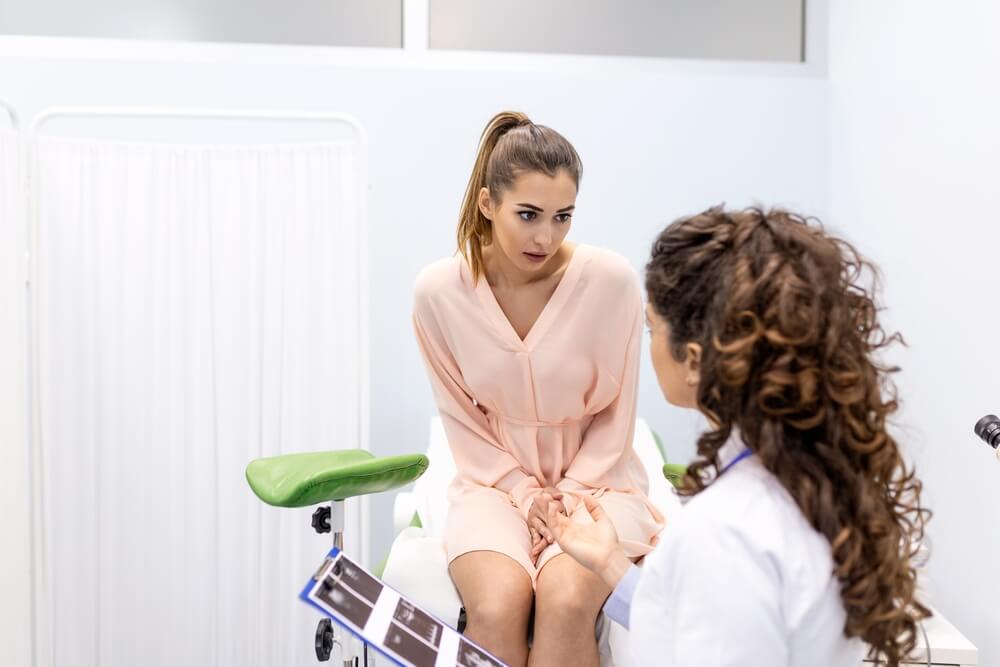Before diving into how to treat vulvar ulcers, we must first discuss and determine what the vulva is. In the simplest terms, the vulva refers to the outer part of the female genitals, and vaginal sores (or vulvar ulcers) are blisters that appear on them. These sores can either don’t hurt at all or cause extreme pain for the patient.
For the most part, vaginal sores result from STIs or sexually transmitted infections, but these lesions may also occur from other issues. Fortunately, several highly effective methods regarding vaginal pain treatment can address both the lesions and the pain.
In this article, we will go into detail about the symptoms and causes of these lesions, and we will also discuss how to treat vulvar ulcers.
Symptoms of Vaginal Sores

For the most part, when they first appear, these vaginal ulcers may resemble simple rashes or bumps. In other cases, these lesions may appear as breaks in the genital area’s skin that expose tissue.
On that end, there might be several accompanying symptoms, but most often, the following are the most prevalent:
- Feeling itchy in the area
- Discomfort
- Pain
- Fever
- Enlarge lymph nodes
- Difficulty or pain during urination
- Discharge or leaky fluid from the vagina
On the other hand, there are cases when vaginal ulcers do not produce any symptoms.
Vulvar Ulcer Types
Typically, these vaginal sores are categorized based on how they are acquired. On that end, they can be either:
- Sexually acquired: As the name suggests, these lesions develop as a result of sexual contact, and genital ulcers are the most common types.
- Nonsexually acquired: These may also be referred to as acute genital ulcers and mostly develop in younger women who aren’t active sexually yet.
Possible Causes of Vaginal Ulcers
Now that you know about the two main types of these legions, we can explore their most prevalent causes.
STIs
Undoubtedly, the most common cause of these vaginal lesions in the United States is sexually transmitted infections, specifically HSV, herpes simplex virus, and syphilis.
On the other hand, other sexual infections may contribute to the occurrence of vaginal ulcers, including:
- Donovanosis
- Chancroid
- Chlamydia
Also, there are instances when women with HIV develop these lesions in their genital area.
You should also know that sexually transmitted infections are more common than many may think. Data from the American Sexual Health Association suggests that one in two sexually active people will probably get an STI by the age of 25.
Viral Infections
There are also specific viruses that may trigger the formation of vaginal sores. They are:
- Varicella zoster, the same virus that causes shingles and chickenpox
- Cytomegalovirus
- Epstein-Barr virus
Fungal Infections
Yeast infection or vulvovaginal candidiasis is the most common fungal infection that can lead to the occurrence of vaginal lesions or yeast infection vulvar ulcers. Apart from the development of these vaginal sores, yeast infection may produce other symptoms as well, including:
- Burning sensation during urination and sex
- Increased discharge from the vagina
- Itching
Vaginal Trauma
There are cases when constant scratching and chronic rubbing in the area of the vulva may trigger skin irritations, which might result in the formation of vaginal ulcers.
Different Bacterial Infections
Contamination from different types of bacteria, like mycoplasma and Group A Streptococcus, may also trigger the development of vulvar ulcers. Fortunately, they can easily be treated with antibiotics.
Reactions to Certain Compounds
In some cases, medications like NSAIDs or nonsteroidal anti-inflammatory drugs, sulfonamides, and specific antibiotics can trigger reactions that will lead to the formation of vaginal ulcers.
Inflammatory Diseases
Several different autoimmune and inflammatory conditions may cause vaginal sores to form around the vulva. Depending on their severity, they may appear as ulcerations.
The inflammatory conditions that may trigger these lesions include:
- Stevens-Johnson syndrome
- Crohn’s disease
- Erosive lichen planus
- Darier disease
- Behcet’s disease
- Pyoderma gangrenosum
- Hidradenitis suppurative
Other Medical Conditions
There are cases when more common conditions are behind these vulvar ulcers. For instance, upper respiratory infections, tonsillitis, and even the virus responsible for diarrhea can lead to the formation of genital ulcers, most commonly in adolescent females.
Cancer
In some cases, vulvar cancer may lead to the formation of lesions resembling ulcers around the vaginal area. This malignancy is more common in older ladies.
Certain Skin Reactions
There are cases when bad reactions to certain skincare products may trigger the development of genital ulcers. If this is the case, women should opt for lotions and soaps that cater to sensitive skin types.
The incidence of Vaginal Ulcers
On a global scale, around 20 million patients develop these genital lesions every year. The most common vaginal sores in the United States are the results of HSV types one and two. Approximately one in five women and about one in nine men between the ages of 14 and 49 have type 2 genital HSV infections.
Diagnosing Vaginal Sores
When patients are dealing with these genital lesions, the doctors will probably start to establish a diagnosis with a physical exam and take a look at their medical history to get a better picture of what might be causing the vaginal ulcers.
The doctor might also ask about the patient’s sex life and the medications they are taking.
Furthermore, the medical expert will probably need to look at these lesions to get a better idea of the underlying cause.
Apart from this, they may also recommend one or more of the following tests:
- Urine test
- Blood test
- Bacterial swab test
- Viral swab test
In some cases, the doctors may also recommend a biopsy. During this procedure, the doctor removes a tiny sample of the lesion and then sends it to a lab to have it examined further.
How To Treat Vaginal Ulcers?

Naturally, the course of treatment will depend on the underlying causes that led to the formation of the ulcers in the first place. In some cases, the sores may resolve on their own, while others will require prompt medical attention to avoid possible infection.
As such, the doctor will recommend several types of actions to treat the condition.
In the case of sexually transmitted infections, antibiotics and anti-viral drugs are the most common treatment options, while some non-sexually acquired ulcers are treated with corticosteroids, immunomodulatory drugs, and antihistamines.
Patients may even receive guidelines for effectively cleaning the ulcers until they heal or might get special dressings for covering the area.
Live Without Sores
These genital lesions often cause no problems at all, but they can also be extremely painful. For the most part, they are symptoms of an underlying condition. As such, women shouldn’t feel ashamed or afraid to talk to their healthcare providers about these sores. The quicker they reach out to their doctor, the faster they will be able to receive the proper treatment.
As such, feel free to reach out to our practice and schedule a consultation if you are experiencing similar problems or have any concerns.






